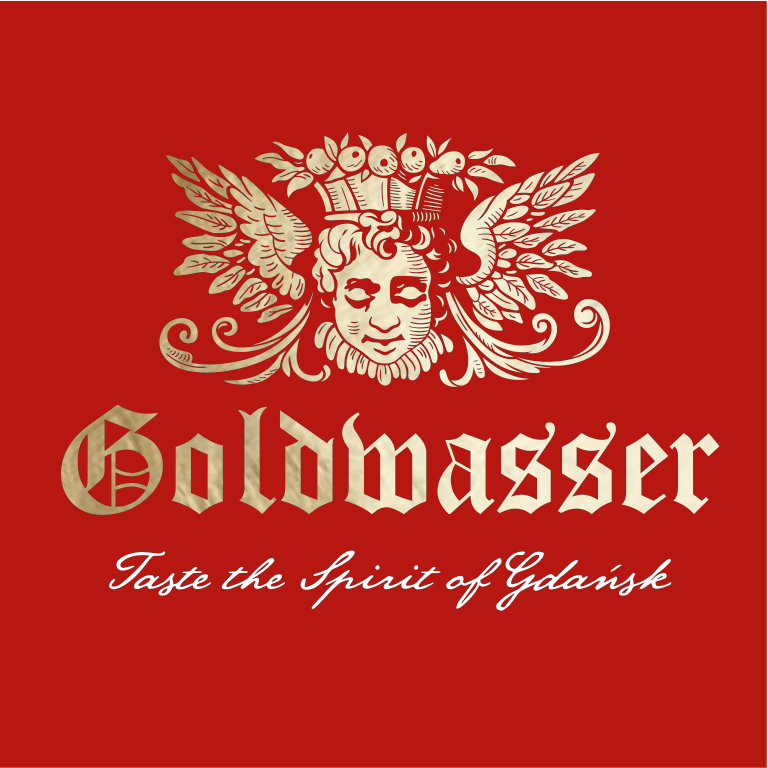There are many shipyards in the world, but none can compare to the Gdańsk Shipyard. It is not only a place where over 1,000 seagoing ships were manufactured, but above all, the cradle of Polish freedom. NSZZ “Solidarność” comes from the Gdańsk shipyard and it was there that the August Agreements were signed. Today this place is available to tourists. See why it is worth visiting and what you will see there.
Gdańsk Shipyard – an ordinary shipyard with an extraordinary history
The Gdańsk Shipyard is one of the largest Polish shipyards, located on the left bank of the Martwa Wisła and Ostrów in Gdańsk. Its beginnings in the so-called The Young City dates back to the 19th century, when Gdańsk was under the rule of the Kingdom of Prussia. At that time, there was a corvette repair base in this area, and only later it was transformed into a shipyard. After the Prussian-French war in 1871, part of the war contributions were allocated to the modernization of the plant, which was called the Imperial Shipyard. At the end of the 19th century, a private shipbuilding plant was established north of this state-owned shipyard. Both plants played an important role in supplying the German Navy with submarines during World War I and II. Over 150 U-boats were built here at that time.
After the end of World War II, the Polish phase of the history of both plants began. They were quickly merged into one enterprise: the Gdańsk Shipyard, and ship production began. In 1948, the first seagoing ship built in Poland, called Sołdek, was launched, which still exists today and currently serves as a museum ship. The ship is part of the National Maritime Museum in Gdańsk.
In the 1960s, the shipyard was named after Vladimir Lenin. During this time, it became one of the largest shipyards in the world in terms of production. Up to 30 units were launched there annually. During the Polish People’s Republic, the Gdańsk Shipyard was not only a workplace, but also a small town. It had its own hospital, recreation centers, a community center with a library and cinema, a sports hall, nurseries and kindergartens. There was even a shipyard orchestra, sports sections and dance groups. This made the Gdańsk Shipyard not only a place to work, but also a place to spend free time.
Gdańsk Shipyard – the cradle of Solidarity
Over the many years of its operation, the shipyard in Gdańsk has built over 1,000 fully equipped seagoing ships, such as sailing ships, passenger ships and container ships. It is also one of the oldest and longest-operating industrial plants in Pomerania.
However, it was not the production of ships that made the Gdańsk Shipyard famous around the world. It was here that the two most important protests in the post-war history of Poland began – December 1970, which ended with the brutal pacification and murder of three shipyard workers, and the victorious August 1980, which contributed to the fall of communism in our country. NSZZ “Solidarność” comes from the shipyard.
In 1988, the communist government declared the plant bankrupt, although it had no economic justification. In 1996, its bankruptcy was announced, but later the Gdańsk Shipyard – Grupa Stocznia Gdynia SA – was established on the basis of the company, and 10 years later – Stocznia Gdańsk SA. Currently, shipbuilding still takes place in some of the former shipyard areas. New investments are also being made. There are plans to create a modern district called “Młode Miasto” (this is the historical name of this area). The European Solidarity Center was also built, with an exhibition presenting the history of this movement.
Gdańsk Shipyard – sightseeing
The Gdańsk Shipyard is one of the must-see points on the tourist map of this city. It is certainly worth spending a few hours visiting a place that has witnessed history. Near the entrance to the shipyard, on Solidarity Square, there is the Monument to the Fallen Shipyard Workers – a symbol of the fight against the communist authorities, commemorating the victims of December ’70. Three 42-meter crosses in the lower part are decorated with bas-reliefs from the life of shipyard workers. The crosses were built on a triangular plan. They have an irregular, cracked shape. They were made in the Gdańsk Shipyard from sheet metal supplied by Huta Batory. The bas-reliefs were made of stainless steel. The anchors fastening the crosses are a symbol of hope and a reference to the years 1956, 1970 and 1976.
After crossing the historic Gate II, you will see an industrial landscape with unique buildings from the last century. Unfortunately, some of them are falling into disrepair, but you can still feel the “spirit of history” in this area. Museums and monuments are available to visitors in the area of the former shipyard. It is worth visiting the Occupational Health and Safety Hall Museum. It is a kind of memorial room, presenting exhibits about the importance of the unique cultural heritage for the history of the shipbuilding industry in Gdańsk, but also for the shipyard itself. The collection of the permanent exhibition “Solidarity Shipyard” is regularly expanded.
The Imperial Shipyard Trail runs through the oldest part of the former shipyard area. Following this route, you will see the most interesting places and buildings, learn the stories of the working people and parts of the shipbuilding process. The trail includes 13 important points, such as: the company’s fire station, the shipyard’s locksmith shop, a dock pool, slipways, a forge and a 19th-century steam fence.
When visiting the shipyard, it is also worth visiting the area of the former private Ferdinand Schichau Shipyard, seeing the pontoon bridge over the Martwa Vistula and the M3 Crane viewing point. You can also go on a cruise on the Galar Gdański through the shipyard and port canals. It is undoubtedly worth visiting the European Solidarity Center, which, in addition to the permanent exhibition, regularly hosts meetings with interesting people, workshops, concerts and other interesting events.
Gdańsk Shipyard tour – price list
Entrance to the Gdańsk Shipyard, as well as to most attractions and museums there, is free. You can explore on your own or with a guide (paid service). Paid entry tickets are valid for the European Solidarity Center, the Galar Gdański cruise and the Żuraw M3 viewing point.



